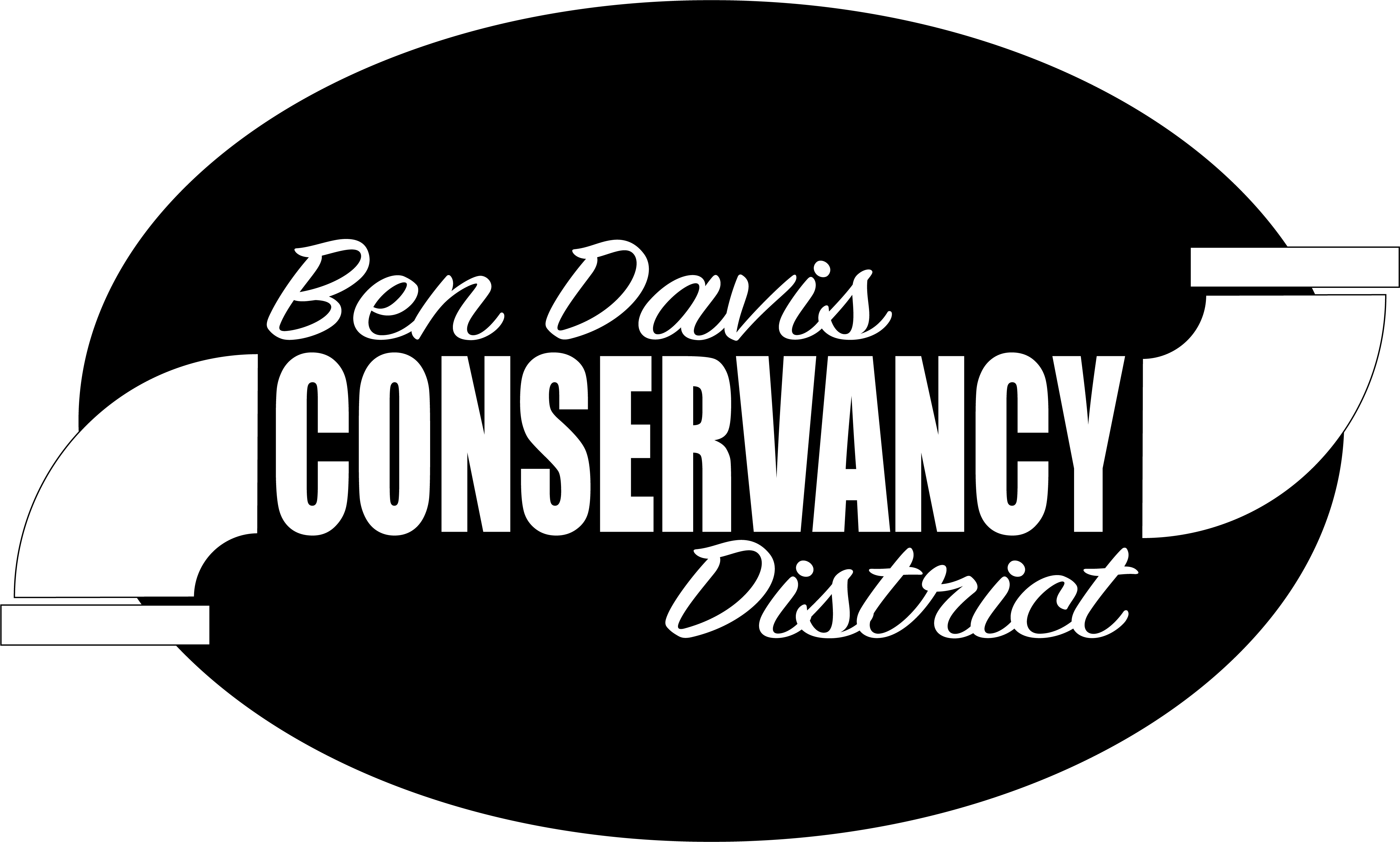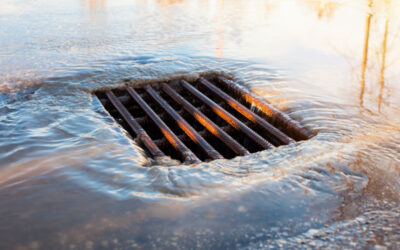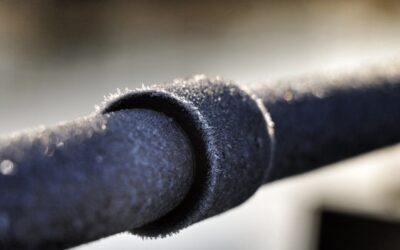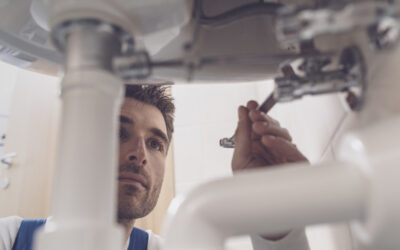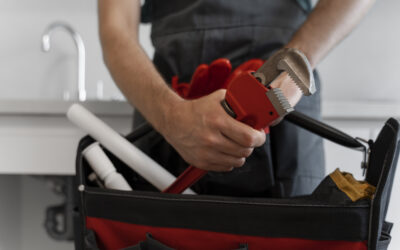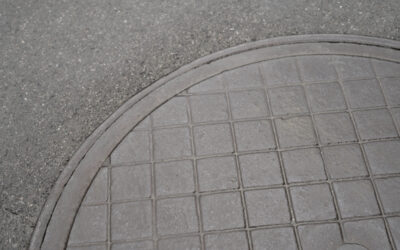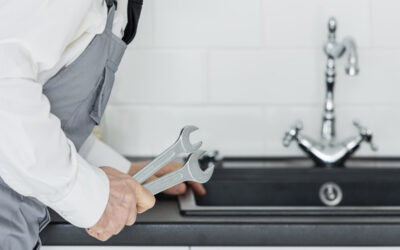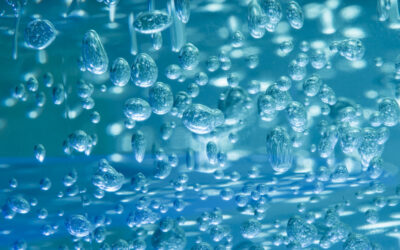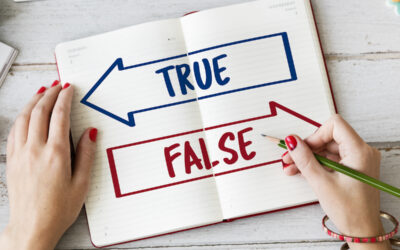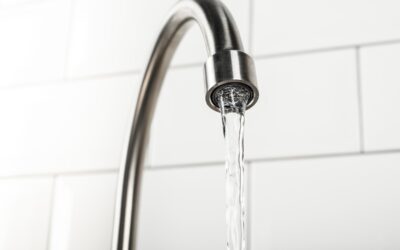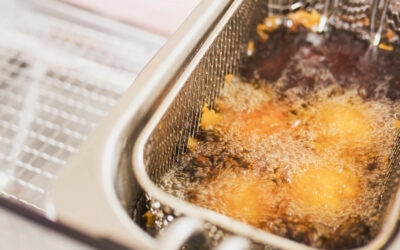The Ben Davis Conservancy District, with its 66-year-old sewer system, faces the ongoing challenge of maintaining and preserving its underground infrastructure. As a testament to its commitment to providing reliable and efficient sewer service, the district has turned to sewer lining as a viable solution. In addition to its restorative qualities, sewer lining offers the added benefit of preserving the integrity of this essential system.
The Need for Rehabilitation:
Over the years, the aging sewer system within the Ben Davis Conservancy District has endured wear and tear, leading to cracks, leaks, and deterioration. These issues not only compromise the system’s efficiency but also pose a risk of environmental contamination. To address these challenges, the district has embraced sewer lining as an effective means of rehabilitation.
Sewer Lining Process:
The sewer lining process begins with a thorough inspection of the existing pipes within the Ben Davis Conservancy District’s sewer system. This inspection identifies areas of damage, cracks, and leaks. Once the inspection is complete, the following steps are taken:
- Cleaning: The sewer pipes are meticulously cleaned to remove debris, sediment, and obstructions, ensuring a clear and smooth interior surface.
- Lining Material: A specialized lining material, typically made of resin-saturated felt or fiberglass, is introduced into the damaged sewer pipes.
- Inflation and Curing: The lining material is inflated to conform to the inner surface of the existing pipes. It is then cured, hardening into a new, durable pipe within the old one.
- Quality Assurance: A thorough inspection is conducted to confirm the integrity of the new lining and to ensure it meets the necessary standards.
Benefits for the Ben Davis Conservancy District:
- Longevity: Sewer lining extends the lifespan of the existing sewer pipes, reducing the need for frequent replacements.
- Cost Savings: By minimizing the need for extensive excavation and pipe replacement, sewer lining is a cost-effective solution for the Ben Davis Conservancy District.
- Minimized Disruption: The sewer lining process minimizes disruption to the community and infrastructure, allowing for more efficient maintenance.
In conclusion, sewer lining is a valuable and sustainable solution for the aging sewer system within the Ben Davis Conservancy District. It not only addresses the immediate rehabilitation needs but also offers a long-term strategy for preserving the integrity of the sewer infrastructure. By reducing costs and minimizing disruption, the district continues its mission of providing reliable and efficient sewer service while promoting environmental responsibility.
